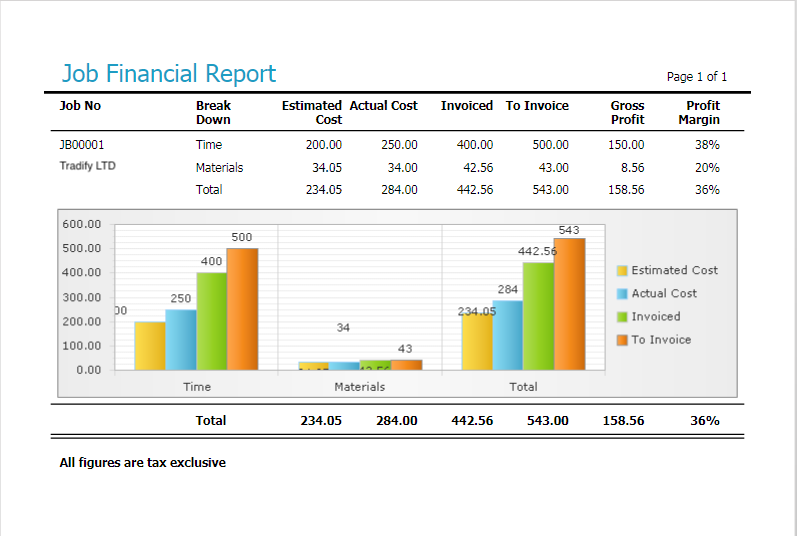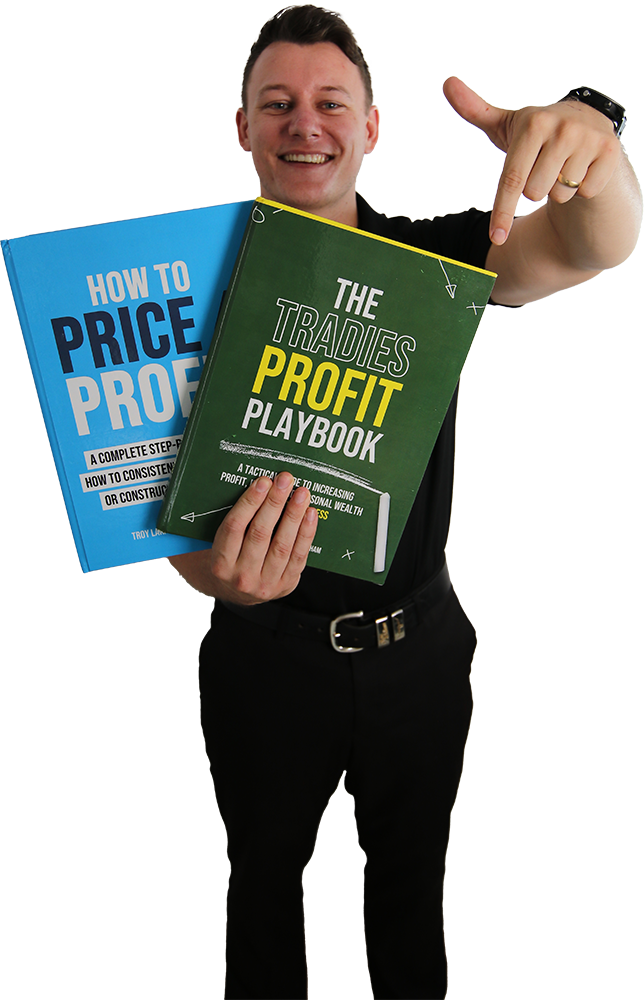The large majority of trade businesses live from hand to mouth, receiving money from one job and spending it on another… and sadly with no idea of how profitable each job is, or whether they have actually made any money on that job or not.
Without knowing how a job went, you run the risk of taking on jobs that aren’t actually profitable, never identifying where the right opportunities to make more money are, OR never understanding your pricing, performance and outcomes, and you could be earning significantly less money than you should be!
What’s the primary goal of any business?
To make a profit right!?
Making a profit starts with knowing EXACTLY what your job costs are so you can accurately price your quotes, evaluate your performance when it comes to delivering the job, and then make the necessary adjustments moving forward.
How do you do all that though? Simple.
Back cost every job you complete.
Back costing is where, after a job or project has finished, you go back through and look at all the costs you actually incurred to see how you fared against your original quote.
The idea around back costing is to assess how the job went, look at your job costs, mark-up and margin and ultimately, identify whether or not you’re pricing right, pricing the right type of work, and being as efficient as possible in delivery to ensure that you are getting the profit you anticipated or deserve!
Sounds difficult right? It’s not.
Back costing is as simple as comparing the ‘actual’ costs of delivering a job against your ‘estimated’ costs, once the job is finished.
Checking costs like materials used (and more importantly) the labour hours spent on a job will tell you whether or not your original estimate was accurate.
If your actual costs are higher than your estimated costs on a particular job, then you know you haven’t priced correctly.

Tradify Job Financial Report.
So, why is back costing important?
Profits are not something you hope for at the end, it is something you plan for in the beginning.
Back costing is important for:
You need to understand what it takes to complete a job and what’s involved (you could be leaving a lot of money on the table).
Do you know your labour, crew and equipment costs? Material costs for each job? How long each job takes to complete? Do you know if majority of your works are actually profitable or not? And why?
If you don’t know your job costs accurately, how can you?
So, how do you back cost?
Step one:
Look at the jobs you have just completed and pick one. You start out by just picking one job, simple!
Step two:
Compare the estimate to the actual results.
When the job is complete, you should have all the data you will need to compare the estimate to actuals, and this is going to tell you exactly how you did.
You will know exactly what you spent on that type of job, and you can use that for future reference, so new quotes on similar projects will become more accurate because of your historical data (and you can begin to have templated quotes with fixed prices moving forward). And more importantly, if you are back costing and actively reviewing how jobs went, you are reviewing performance, and this means you can actually get better! You can improve!
And the more you review each job, the more you will want to improve! You can start making small adjustments. Implementing certain strategies to gain that extra 1% here and there, that over time, will ultimately boost your bottom line!
Sit down for a few minutes after every job and look at how you did!
The simplest and most effective way to back cost your jobs is through a job management software, where you can click one button and have a report generated comparing your actual costs against your original estimate – which means that there is no excuse to not back cost!
To get the best from your back-costing efforts, make sure you:
If you don’t have job management software, or an efficient way to back cost, click here to download our FREE Simple Back Costing Tool to compare your 'estimated' figures with your 'actual' figures!

